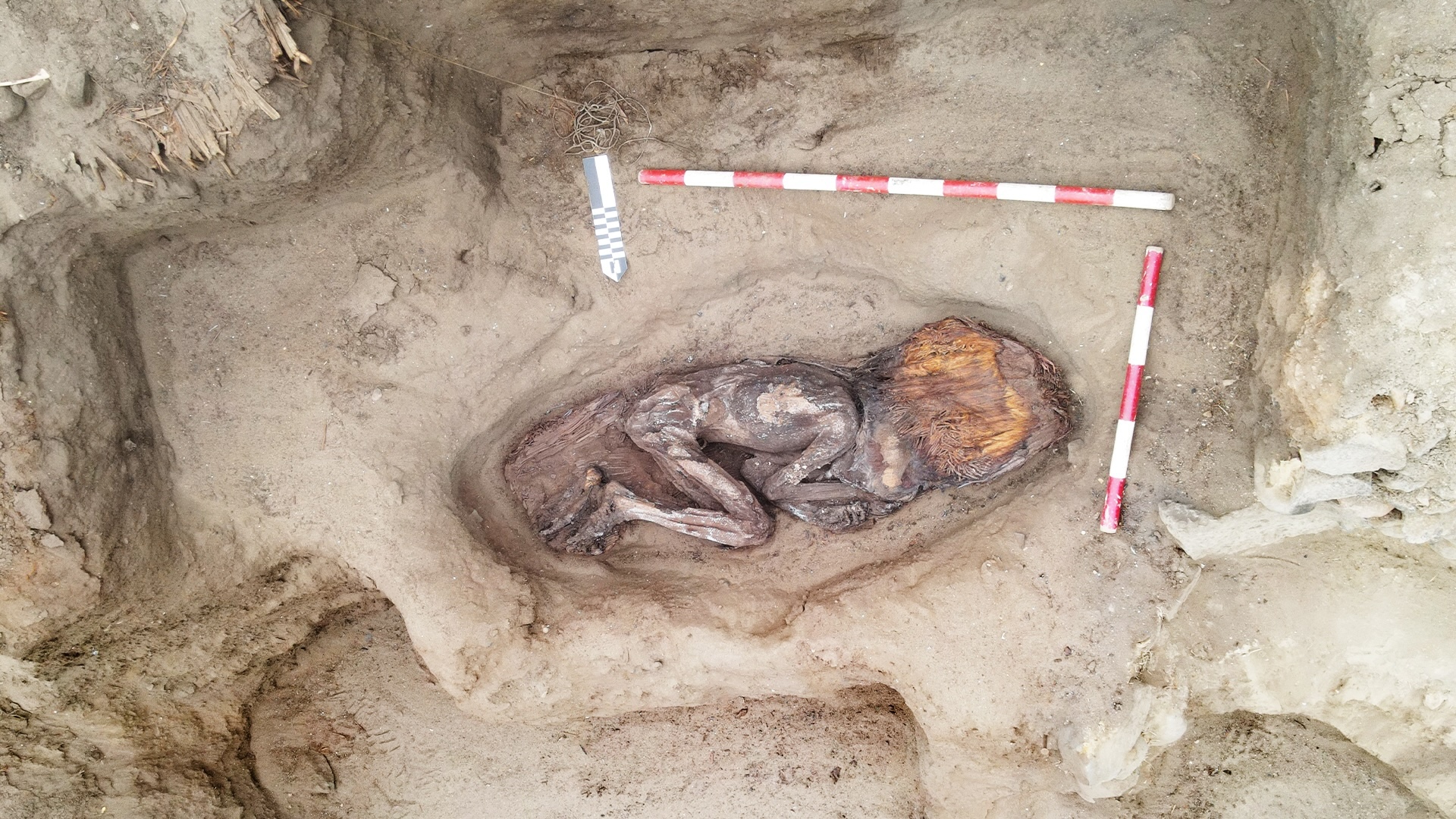Nestlé Drumstick Recall: How Does Listeria Get into Ice Cream?

Nestlé is recalling several of its iconic Drumstick ice cream cone products because they could be contaminated with Listeria. But exactly how do these bacteria get into ice cream?
The recall includes two Nestlé Drumstick products: a "Variety Pack" with 16 ice cream cones, and a "Vanilla Pack" with 24 individually wrapped vanilla ice cream cones. The cones in the Vanilla Pack are meant to be sold individually at convenience stores, such as 7-Eleven, and other places, Nestlé said on its website.
All of the products were produced at the company's facility in Bakersfield, California, between Aug. 31 and Sept. 17, and have "Best Before" dates of June 2017.
Listeria is found naturally in soil and water, and animals can carry the bacteria without appearing sick, according to the Centers for Disease Control and Prevention. This means that animal products, including dairy products, can be contaminated with Listeria.
From an animal product, Listeria may get into a food-processing factory, where it might contaminate equipment, according to the CDC. In the case of the Drumstick recall, Nestlé found that a routine test of its equipment on a production line where the recalled products were made came back positive for Listeria. There was an error in logging the results of that test, so the products were inadvertently shipped to retailers, Nestlé said. [Top 7 Germs in Food that Make You Sick]
However, the Drumstick products themselves have not tested positive for Listeria, and so far there have been no reported cases of people getting sick after eating the recalled products, Nestlé said. The recall is being made "out of an abundance of caution," due to the positive test result on the equipment, the company said.
Unlike many other types of bacteria, Listeria can grow in the colder temperatures of refrigerators. "It's a pathogen that's particularly problematic in food-processing plants because it really likes cold, moist, dark environments," Benjamin Chapman, a food safety expert at North Carolina State University in Raleigh, told Live Science in a 2015 interview. Although the bacteria cannot grow at freezing temperatures, they can still survive at those temperatures.
Sign up for the Live Science daily newsletter now
Get the world’s most fascinating discoveries delivered straight to your inbox.
Listeria infections can be serious, and even deadly, particularly for certain groups of people, including young children, pregnant women, the elderly and people with weakened immune systems. The infection can cause fever, muscle aches and diarrhea, and in pregnant women, it may cause miscarriage or stillbirth, the CDC says.
Although the Drumstick recall may seem reminiscent of the Blue Bell ice cream recall in 2015, there are a number of differences, according to Nestlé. One of the biggest differences is that the Nestlé recall is precautionary, meaning there haven't been any illnesses yet and it's not certain whether any of the recalled products are actually contaminated with bacteria. In contrast, in the Blue Bell recall, the products were already linked to illnesses and several deaths before the items were recalled.
Original article on Live Science.

Rachael is a Live Science contributor, and was a former channel editor and senior writer for Live Science between 2010 and 2022. She has a master's degree in journalism from New York University's Science, Health and Environmental Reporting Program. She also holds a B.S. in molecular biology and an M.S. in biology from the University of California, San Diego. Her work has appeared in Scienceline, The Washington Post and Scientific American.










